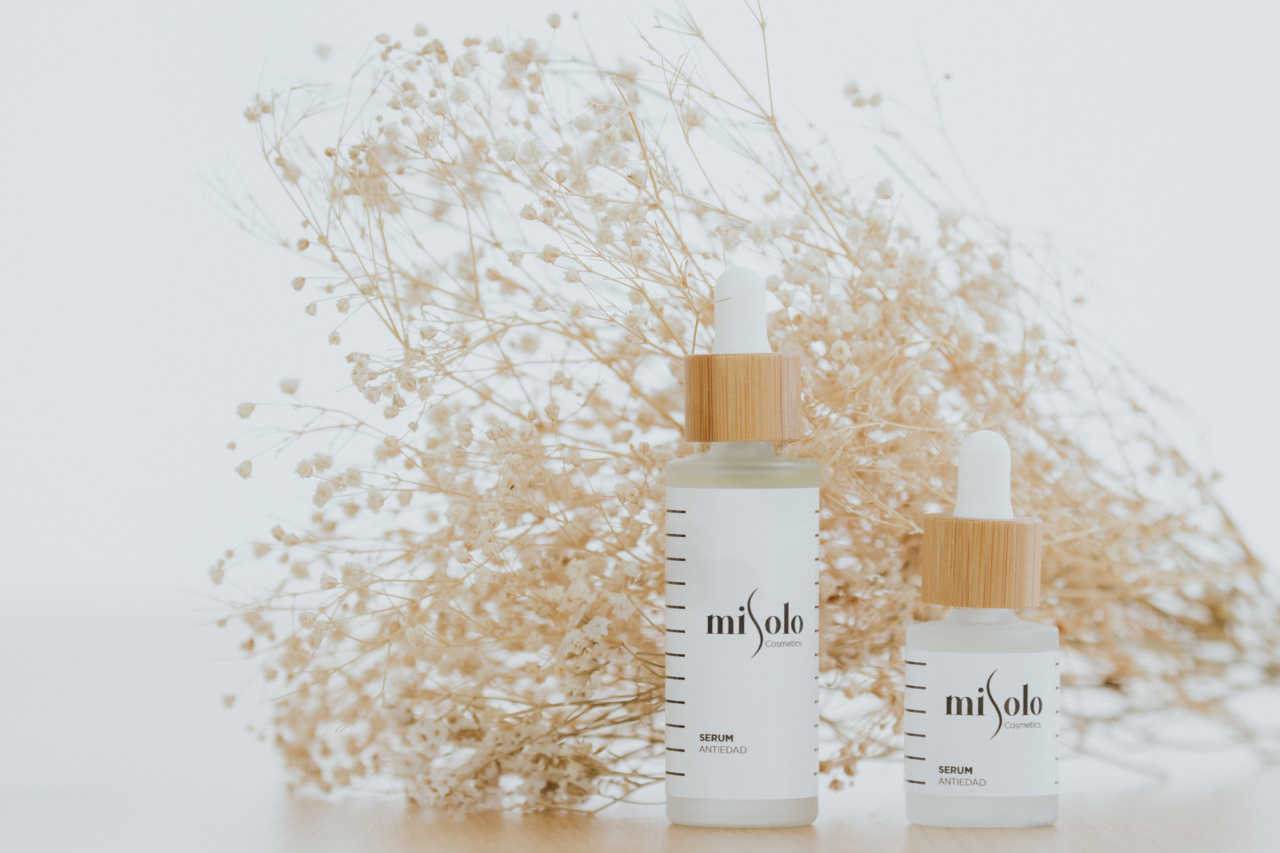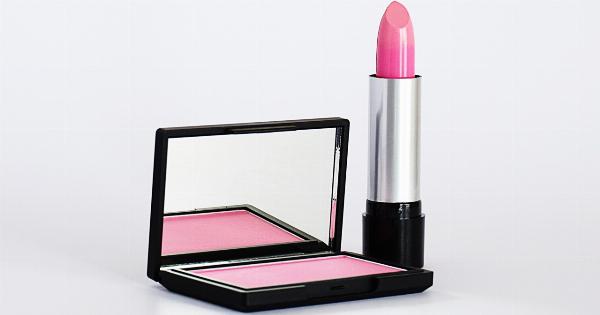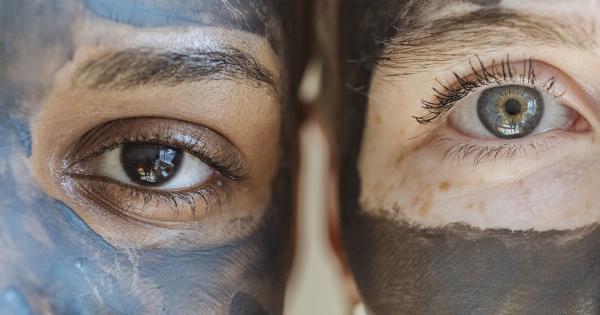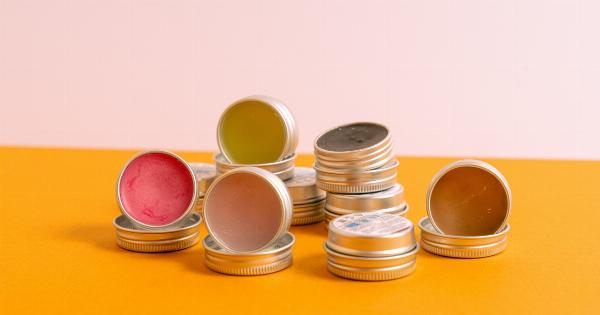When it comes to beauty products, safety should always be a top priority. Unfortunately, many cosmetic items on the market today contain harmful ingredients that can potentially increase the risk of cancer.
While the cosmetics industry is highly regulated, there are still some concerning substances that make their way into our everyday makeup, skincare, and haircare products. In this article, we will explore some of the cancer-causing ingredients that may be lurking in your cosmetics.
1. Parabens
Parabens are widely used as preservatives in cosmetics to prevent the growth of bacteria and fungi. However, several studies have found a potential link between parabens and breast cancer.
These substances can mimic estrogen, a hormone known to play a role in the development of breast cancer. Although more research is needed to establish a definitive connection, it is recommended to avoid products that contain parabens, especially if you have a family history of breast cancer.
2. Formaldehyde
Formaldehyde is a colorless gas that is commonly used as a preservative in cosmetics, particularly in nail polishes, nail hardeners, and hair products.
This chemical has been classified as a known human carcinogen by the International Agency for Research on Cancer (IARC). Prolonged exposure to formaldehyde has been linked to an increased risk of several types of cancer, including rare nasal and nasopharyngeal cancers. Look for products that are labeled as formaldehyde-free to steer clear of this hazardous ingredient.
3. Phthalates
Phthalates are a group of chemicals used to enhance the texture and scent of cosmetic products. They can be found in a variety of items such as fragrances, lotions, deodorants, and hair sprays.
Some studies have suggested that phthalates may disrupt the endocrine system and potentially contribute to the development of breast cancer. To avoid phthalates, opt for products labeled as phthalate-free or fragrance-free, as fragrances often contain these chemicals.
4. Coal tar dyes
Coal tar dyes are synthetic colorants derived from coal. They are commonly used in hair dyes, shampoos, and lipsticks. Many of these dyes contain carcinogenic compounds known as polycyclic aromatic hydrocarbons (PAHs).
PAHs have been linked to skin and lung cancers. Check the ingredient list on your hair dye and cosmetic products to ensure they are free from coal tar dyes.
5. Lead
Lead is a toxic metal that has been found in certain cosmetic products, including lipsticks, foundations, and eyeliners.
Even low levels of lead can accumulate in the body over time, increasing the risk of various cancers, as well as other health problems. To minimize exposure to lead, choose cosmetics fortified with safer alternatives, and avoid products that do not list their lead content.
6. Talc
Talc is a mineral used in cosmetics to absorb moisture and reduce friction. However, talc may sometimes be contaminated with asbestos, a known carcinogen.
Prolonged inhalation or exposure to asbestos-contaminated talc powder has been linked to ovarian and lung cancers. Look for talc-free alternatives or specifically labeled asbestos-free talc to avoid this potential risk.
7. Benzophenone
Benzophenone is a chemical compound often used in sunscreens, lotions, and lip balms to protect the products from UV radiation.
Studies have found that benzophenone can mimic estrogen, potentially disrupting the hormonal balance in the body and promoting the growth of cancer cells. Choose sunscreens that use alternative UV filters, such as zinc oxide or titanium dioxide, in place of benzophenone.
8. Triclosan
Triclosan is an antimicrobial agent commonly found in antibacterial soaps, toothpaste, and deodorants. It has been classified as a potential endocrine disruptor and has been linked to the growth of certain types of cancer cells in laboratory studies.
The use of triclosan in personal care products has been restricted or banned in some countries. Look for triclosan-free alternatives to reduce your exposure to this potentially harmful ingredient.
9. Silicones
Silicones are synthetic polymers that are commonly used in cosmetics to create a smooth and silky texture.
While silicones themselves may not be inherently carcinogenic, some studies suggest that they may interfere with the body’s natural detoxification processes, potentially increasing the risk of certain cancers. Opt for silicone-free cosmetics to avoid any potential adverse effects.
10. Ethanolamine Compounds
Ethanolamine compounds, such as DEA (diethanolamine), MEA (monoethanolamine), and TEA (triethanolamine) are often used in cosmetics as emulsifiers and pH adjusters.
These compounds can react with other ingredients in the products to form potentially carcinogenic nitrosamines. Nitrosamines can penetrate the skin and have been linked to liver, stomach, and bladder cancers. To steer clear of these harmful substances, look for DEA-, MEA-, and TEA-free products.
It is important to note that while these ingredients have been associated with cancer in some studies, the risk they pose in cosmetic products may vary depending on the concentration and frequency of use.
However, it is always a good idea to be informed about the potential risks and make conscious choices when selecting your beauty products.
























